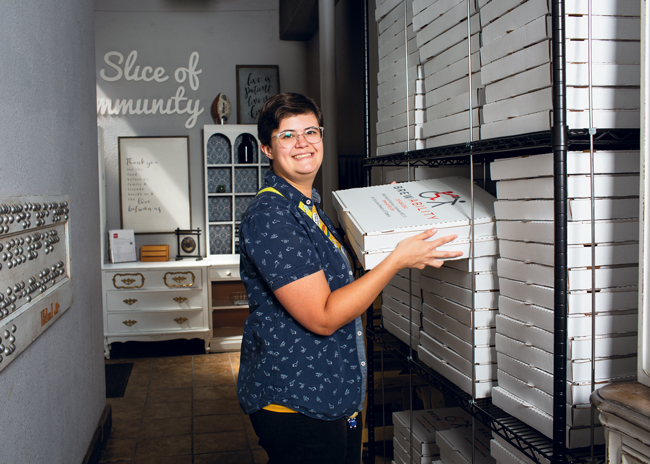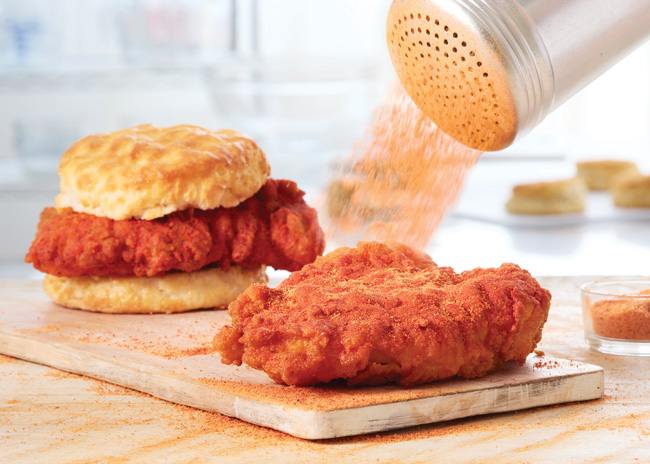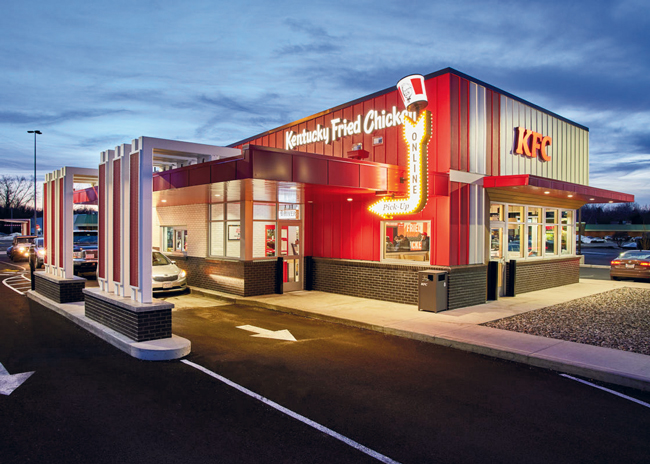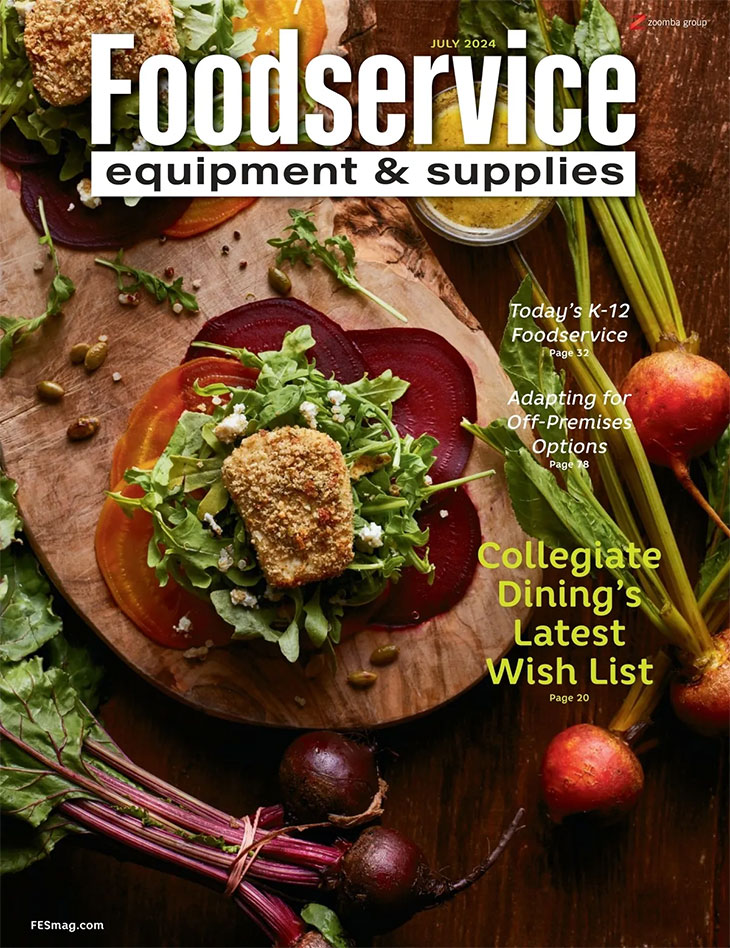One thing we know for sure: Restaurants of the future will continue to solve consumers’ needs and desires for alternatives to cooking and eating at home.
FE&S Kitchen Storage Makeover contest winner Brewability gained organization and storage improvements at a facility with a unique operation model that puts inclusivity at the forefront.
The waste discussion is back — or getting bigger than ever before, perhaps. This is according to Joe Sorgent, director of sustainability for Cini-Little International Inc., who started as a waste consultant back in the early 2000s.
Restaurants owners and foodservice operators recognize the importance of controlling their customer experience —both inside their four walls and outside. That’s where takeout and paper goods come into the equation, says Scott Attman, vice president of Acme Paper, a packaging distributor.
When it comes to keeping kitchen equipment running well, many of the same rules, like keeping units clean and having them serviced regularly, apply to all types of operators. Other advice, though, can be very segment specific.
From the use of technology to consumers’ changing preferences to overall higher operating costs, today’s restaurants must weigh a variety of factors as they plot their futures. And they must do this with an eye toward what makes their concepts distinctive.
The atypical foodservice climate, with record-high inflation, unprecedented labor challenges and lingering supply chain disruptions, continues to impact today’s menus.
Many operations now have food assembly lines for processing online orders that guests and third-party delivery drivers pick up. These lines shorten ticket times and improve customer service for both dine-in and off-premises guests.
Welcome to the new era of stadium — er, sports venue — foodservice.
From shareables to upscale menu items like steamed mussels, the variety of apps operators offer at bars keeps growing.
Tropical islands represent a favorite vacation spot for many, and those seeking a taste of the island life while at home continue to propel the popularity of these meals and ingredients on today’s menus.
How often have we heard the term “the new normal” over the past three years?
High-tech solutions continue to surge as operators embrace digital ordering systems and no-seating formats. At the same time, traditional self-service food models — buffets — have reset, and legacy buffet operators are doubling down on that low-tech format.
Warewashing stations are best not overlooked, since functionality and efficiency are key.
Speed and efficiency serve as the hallmarks of any foodservice operation, but for drive-thru stations, these factors become the difference between sinking or swimming.
White-collar workers are somewhat returning to urban office buildings and suburban corporate campuses, but no big shifts have occurred, which leaves those running foodservice offerings still figuring it all out.




















